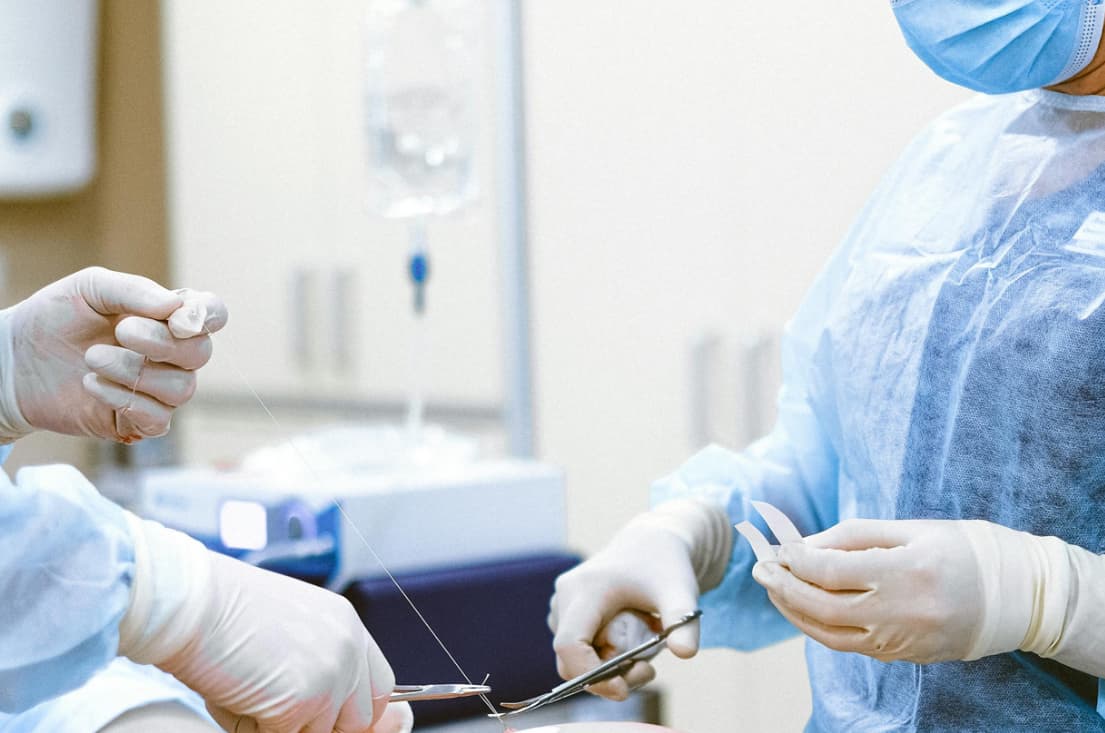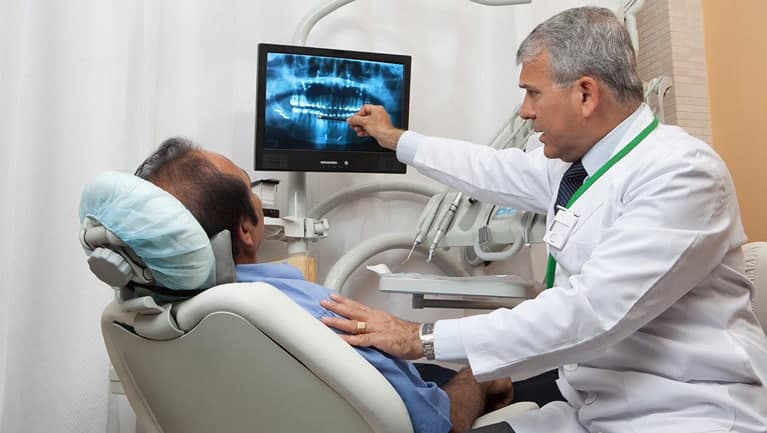Schistosomus reflexus is a rare and severe congenital disorder that occurs in domestic animals, including cattle, sheep, goats, and less frequently in cats and dogs. This disorder is characterized by a range of malformations that primarily affect the development of the fetus’s body cavity, leading to the organs being located outside the body cavity, and often involves spinal deformities. The term “schistosomus” refers to the split or cleft body, and “reflexus” denotes the abnormal curvature or bending, which accurately describes the physical appearance of affected fetuses.
Understanding the Condition
The condition is primarily distinguished by the inside-out appearance of the fetus, where the abdominal organs are found outside the abdominal cavity, due to a failure in the closure of the ventral body wall. This anomaly is often accompanied by arthrogryposis (the permanent fixation of joints in a flexed position) and spinal abnormalities, including scoliosis or kyphosis. The exact cause of Schistosomus reflexus remains unclear, but it is believed to involve a combination of genetic and environmental factors that interfere with the normal development of the fetus early in pregnancy.
Genetic and Environmental Factors
While the exact etiology of Schistosomus reflexus is not fully understood, studies suggest a multifactorial cause. Genetic predisposition appears to play a crucial role, with some evidence pointing towards an autosomal recessive inheritance pattern in certain species. Environmental factors, such as exposure to toxins or viral infections during critical periods of fetal development, may also contribute to the manifestation of this condition.
Impact on Animal Health
Schistosomus reflexus is invariably fatal for the fetus. Animals affected by this condition are either stillborn or die shortly after birth due to the inability to breathe or the severe malformations incompatible with life. The condition also poses significant health risks to the mother, particularly in cases requiring intervention for the delivery of the malformed fetus, which can lead to complications such as dystocia, a difficult or obstructed labor.
Diagnosis and Management
Schistosomus reflexus is a rare congenital condition affecting animals, particularly livestock, characterized by severe malformations of the spine, thorax, and abdominal organs. This condition is notable for the fetus displaying an inside-out appearance, with the internal organs located outside of the body cavity, and a marked curvature of the spine. Such a drastic anomaly poses significant health risks to both the fetus and the mother, making early detection and management vital for livestock owners and veterinary professionals. Diagnosis of this condition can be effectively achieved through the use of ultrasound imaging, which allows for the visualization of the distinct abnormalities present in the developing fetus. This advanced diagnostic tool plays a pivotal role in identifying Schistosomus reflexus, enabling timely and informed decisions regarding the management of the pregnancy.
Upon diagnosis, the focus shifts to the strategic planning of care to ensure the welfare of the mother. In many cases, an elective cesarean section is considered the best course of action. This approach aims to minimize the physical risks and complications that may arise during the birthing process, thereby safeguarding the mother’s health. It is important to note that there is currently no cure or direct treatment available for Schistosomus reflexus. As such, the management strategies employed are designed to address the welfare of the mother and, when possible, ensure the humane treatment of the affected fetus.
The key points in the management and diagnosis of Schistosomus reflexus include:
- Early Detection Through Ultrasound: Ultrasound imaging is instrumental in diagnosing Schistosomus reflexus prior to birth, highlighting the importance of routine prenatal screenings in livestock management;
- Focus on Livestock Management: Early diagnosis facilitates the planning of effective management strategies, emphasizing the significance of veterinary oversight in livestock care;
- Elective Cesarean Section: In cases where Schistosomus reflexus is diagnosed, an elective cesarean section may be recommended to minimize health risks to the mother, underscoring the necessity of specialized surgical interventions in certain instances;
- Absence of Cure or Treatment: Currently, there is no cure or direct treatment for Schistosomus reflexus, which places a greater emphasis on the management of the condition and the welfare of the mother and fetus;
- Humane Handling of the Affected Fetus: Management strategies also consider the humane treatment of the affected fetus, reflecting the ethical considerations inherent in veterinary care.
Schistosomus reflexus presents significant challenges in livestock management, necessitating early diagnosis, careful planning, and compassionate handling to mitigate risks and ensure the well-being of both the mother and the fetus.
Ethical and Economic Considerations
The occurrence of Schistosomus reflexus in livestock presents both ethical and economic challenges. From an ethical standpoint, the welfare of both the mother and the fetus must be considered, particularly in making decisions regarding the management of the pregnancy and the delivery process. Economically, the condition can lead to financial losses for farmers due to the loss of offspring, potential harm to the breeding female, and the additional veterinary care required.
Preventive Strategies
In tackling Schistosomus reflexus within livestock populations, a multifaceted approach that includes genetic considerations is paramount. The condition’s genetic underpinnings open up the possibility for strategic interventions through selective breeding. By carefully identifying carriers of the genes responsible for Schistosomus reflexus, livestock owners and breeders can make informed decisions to exclude these animals from their breeding programs. This proactive measure significantly lowers the probability of birthing affected offspring, thereby improving the overall health and viability of future generations.
Moreover, beyond genetic strategies, the holistic management of pregnant animals plays a crucial role in mitigating the risk of Schistosomus reflexus and other congenital anomalies. Ensuring that pregnant livestock receive optimal nutrition and healthcare is foundational to fostering a healthy development environment for the fetus. Additionally, minimizing stress and preventing exposure to environmental hazards and toxins contribute to the prevention of developmental issues. Together, these strategies form a comprehensive approach to reducing the incidence of Schistosomus reflexus:
- Selective Breeding: Utilizing genetic insights to inform breeding choices helps prevent the propagation of Schistosomus reflexus traits;
- Exclusion of Carriers: Identifying and excluding genetic carriers from the breeding pool minimizes the risk of affected offspring;
- Optimal Health and Nutrition: Providing pregnant animals with superior care and nutrition supports fetal health and development;
- Environmental Management: Avoiding known risk factors and maintaining a safe, stress-free environment for pregnant livestock can further reduce the occurrence of congenital abnormalities.
Implementing these strategies collectively enhances the management of Schistosomus reflexus, ensuring healthier livestock populations and contributing to the sustainability and profitability of farming operations.
Future Directions
Research into Schistosomus reflexus is ongoing, with studies aimed at better understanding the genetic underpinnings and environmental triggers of this condition. Advances in genetic testing and reproductive technologies hold promise for the early identification of carriers and the prevention of this condition through informed breeding decisions. Furthermore, continued improvements in veterinary diagnostic imaging can enhance prenatal diagnosis, allowing for better management of affected pregnancies and minimizing risks to animal welfare.
Conclusion
Schistosomus reflexus is a devastating congenital condition that poses significant challenges to animal health and welfare. Although rare, its impact on affected animals and their owners can be profound. Through continued research, improved diagnostic capabilities, and the implementation of informed breeding strategies, it is hoped that the incidence of Schistosomus reflexus can be reduced, improving outcomes for both animals and their caregivers. The combination of veterinary science, genetics, and animal husbandry plays a critical role in addressing this complex condition, highlighting the importance of multidisciplinary approaches in the field of veterinary medicine.
FAQs:
Schistosomus Reflexus primarily affects domestic animals, with the highest incidence reported in cattle, sheep, and goats. It is less commonly observed in cats and dogs, but can occur across a range of mammalian species. The condition is rare and considered a severe congenital anomaly.
Unfortunately, there is no treatment for Schistosomus Reflexus due to the severe and complex malformations associated with the condition. Affected fetuses are either stillborn or die shortly after birth. Veterinary management focuses on the welfare of the mother, including interventions like elective cesarean sections to avoid complications during delivery.
While the exact causes of Schistosomus Reflexus are not fully understood, there is evidence to suggest a genetic component to the condition. Some research indicates an autosomal recessive inheritance pattern in certain species, suggesting that genetics can play a significant role in its occurrence. However, environmental factors during pregnancy may also contribute.
While the exact causes of Schistosomus Reflexus are not fully understood, there is evidence to suggest a genetic component to the condition. Some research indicates an autosomal recessive inheritance pattern in certain species, suggesting that genetics can play a significant role in its occurrence. However, environmental factors during pregnancy may also contribute.
Schistosomus Reflexus can often be diagnosed before birth through the use of ultrasound imaging, which can reveal the characteristic externalization of abdominal organs and associated skeletal deformities. This prenatal diagnosis is crucial for managing the pregnancy and preparing for delivery, given the implications for both the fetus and the mother.
Preventive strategies for Schistosomus Reflexus include selective breeding to reduce the likelihood of passing on any genetic predisposition to the condition. Genetic testing and management of breeding programs can help identify carriers and make informed breeding decisions. Additionally, ensuring the health and nutrition of pregnant animals and avoiding exposure to potential environmental risks during pregnancy can help minimize the chances of congenital abnormalities.



